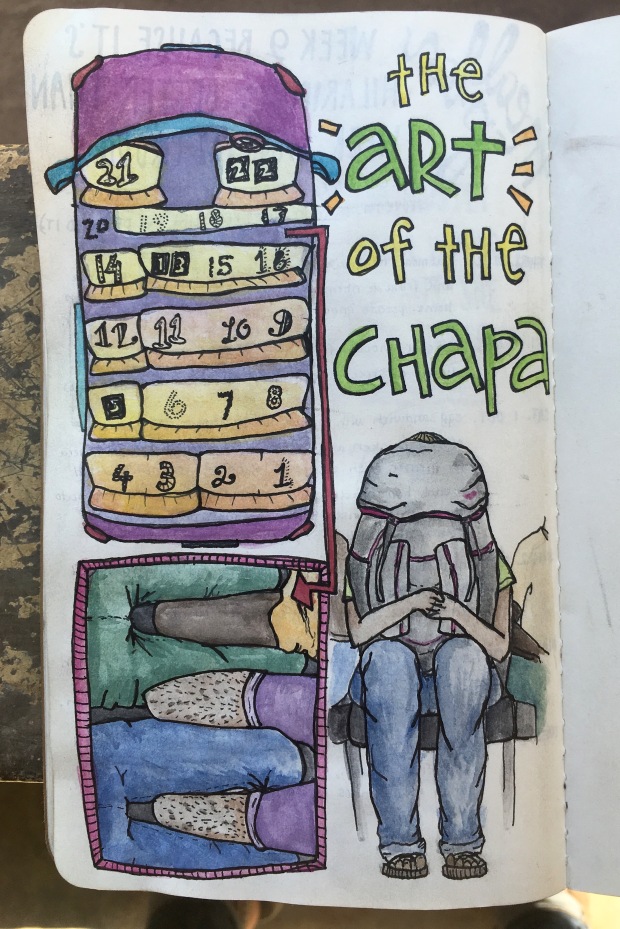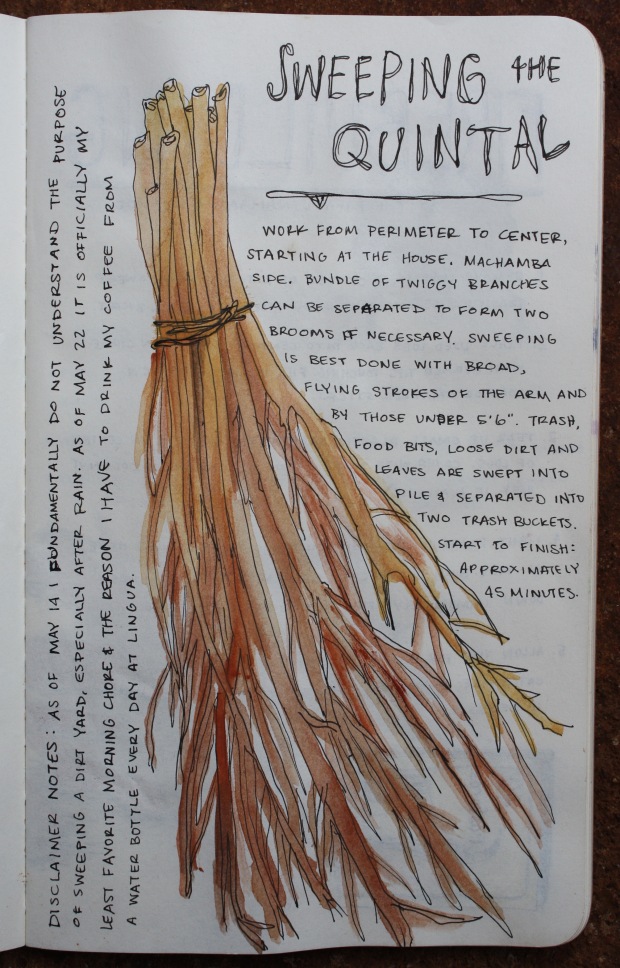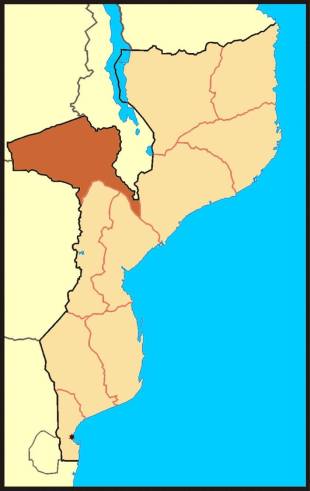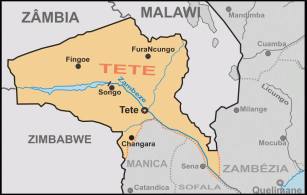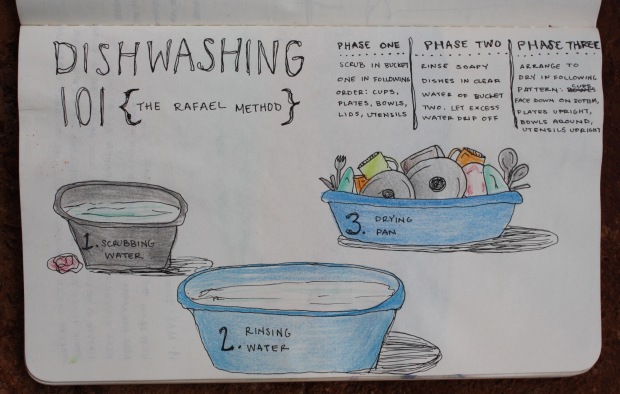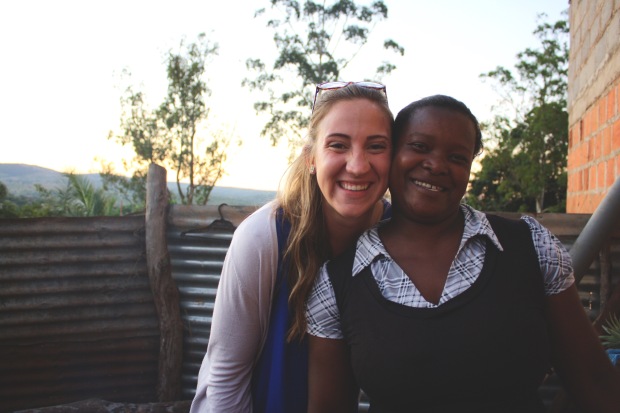
There are three common modes of public transportation in Moz, more or less: boleias, machibombos or busses, and chapas.
The first, a boleia, is a thing of beauty and most closely compares to hitchhiking in the States. You stand on the side of the road and try to flag down any private car, then talk to the driver to see if they’re heading to your destination and if they’re charging for a ride. Boleias are almost always free and are usually willing to drive you anywhere from a few blocks to a few hours. Not only are boleias cheaper, they’re also faster and the ride is infinitely more comfortable because you get your own seat.
This brings us to our next mode: machibombos and busses. Machibombos are essentially 12 passenger vans converted to have higher ceilings and 16 wider seats, and busses are…well, busses. These usually cost a metical/kilometer and are a good option because they stick to the recommended 16 passengers.
Which, drumroll please, leads us to the favorite of any Moz PCV: the chapa.
Chapas are far and away the most popular mode of public transport in Mozambique because they’re common, cost effective, and go everywhere. Another 16-passenger van situation, these also cost about 1 metical/kilometer but will max out at around 22 passengers. These can be waved down at just about any street corner in a city, almost like a really crowded taxi. To catch a chapa for longer trips you go to your local chapa stop, find one going to your destination, and wait for it to fill up. If you’re lucky you’ll be one of the last people loading up and will only wait 10-15 minutes to take off.
However, life is rarely that kind and it will often be a 45-minute to one-hour wait. I’ve actually waited an upwards of three hours…which, ironically, was longer than the driving time from point A to point B.
To paint an image of the sitting situation, it goes a little something like this: bench seat of a van, four bodies, four backpacks, no AC. All four rows packed so tight that it seems physically impossible to fit anyone or anything else inside of the vehicle. Wrong. This is the driver’s cue to squeeze at least two more people into the non-existent row behind the driver and passenger’s seats, creating a human jigsaw puzzle with the poor unfortunate souls sitting in the front row.
A weekend trip to Angonia proved to be the greatest chapa adventure yet, topping July’s muzungo goat debacle (sandwiched between a baby afraid of white people and a goat that spent the 2 hours banging its head against the window and bleating relentlessly after coming loose from its ties atop the chapa) and August’s evening engine failure in the mato (unidentified mechanical issues left all 21 of us wandering down the road in the dark, sans cell service, looking for another ride until our own chapa suddenly sprang back to life). Sounds hard to top, right? Wrong again.
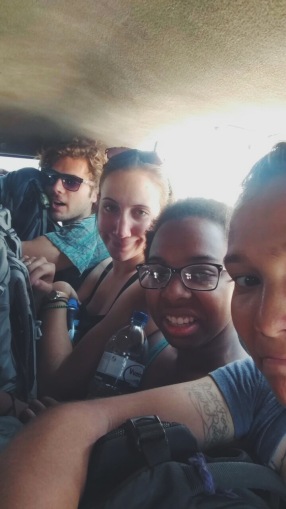
After two hours of waiting in the Malawi border town for our bright and early chapa to fill up, we were on our way by mid-morning. Our driver took his time making social rounds, stopping to fill up for gas, and grab a snack…effectively adding another 45-minute delay to our departure time. Four stops were made along the way to retrieve and retie baskets that escaped their place on the roof, a run-in over documents with the Mozambican police and two non-Portuguese speaking Malawian passengers left us tangled in a road block for the better part of an hour, and an inexplicable motorcycle race in Tete City complicated our route to the main paragem (chapa station). Just as my site mate and I thought we lucked out with a quick ride home after the 5 hours from Angonia, life laughed at us once more. We slid into the last two seats in the front row of the Chitima chapa, situating our huge packs on our laps and ready to take off…the driver rolled the door shut and we settled in. Well, started to settle in. The door promptly reopened, threatening to spill my site mate out of his seat as three more men crawled over his lap, wedging themselves into that non-existent row everyone loves so much.
So, there we sat. Shoulder to shoulder, thigh-to-thigh, sharing sweat with total strangers for two hours like a zipper made of human limbs. My right leg pressed against my neighbor’s, the man in front of me straddling my left leg, our shins pressed tight against each other’s benches. As luck would have it, one of the last men in was drunk enough to pass out upon sitting down, causing quite the raucous in the front row as he slouched onto our laps. After being forced out of the chapa at one of the last stops before Chitima, he was replaced by two women. Yes, you read that right, TWO. They crawled right in over the drivers seat, slithering into the tiny gap and effectively squashing the rest of us further into one another. In that moment, I wasn’t sure where my body ended and another body began. My site mate and I came tumbling out of the chapa at the first stop in Chitima, wobbling home in the dark on travel-weakened legs. Whoever imagined the clown car must have traveled in Mozambique.

